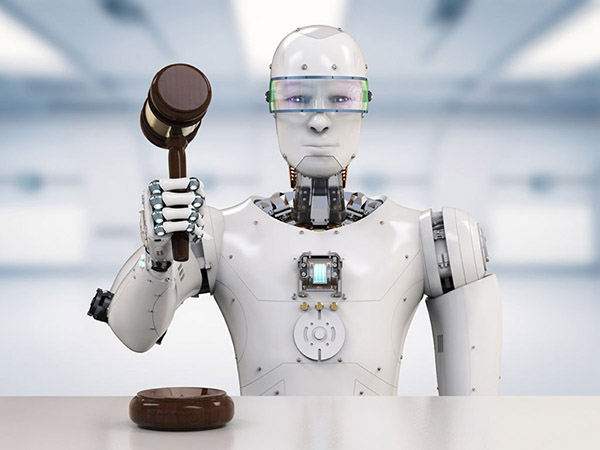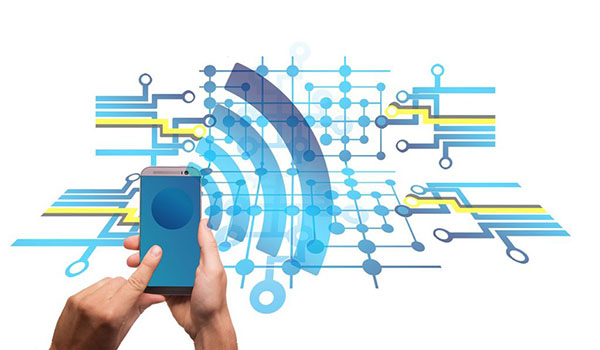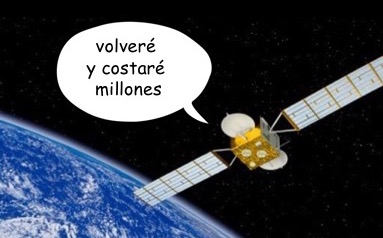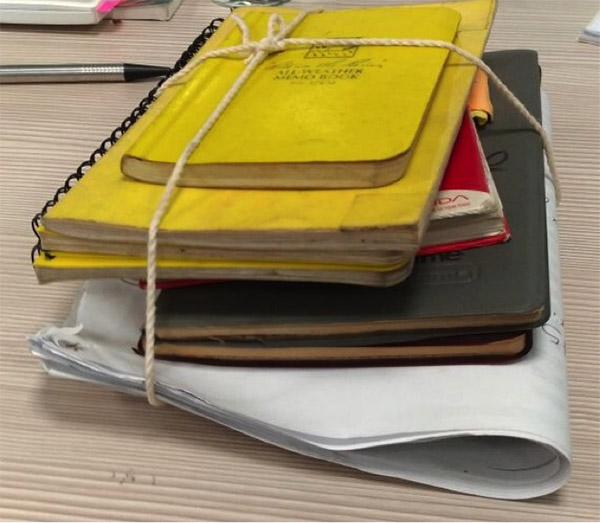
Rule of Law by Machine? Not so Fast!
Editor’s Note: This is the sixth post in our Law in Computation series. Back in the mid-1990s when I was a graduate student, I “interned” at a parole office as part of my methods training in field research. In my first week, another intern—an undergraduate administration of justice student from a local college—trained me in how to complete pre-release reports for those men and women coming out of prison and entering onto parole supervision. The pre-release report was largely centered on a numeric evaluation of the future parolee’s risks and needs. The instrument used by the parole office was relatively crude, but it exemplified a trend in criminal justice that pits numbers-based tools, designed to predict and categorize system-involved subjects, against more intuitive judgments of legal actors in the system. (read more...)






